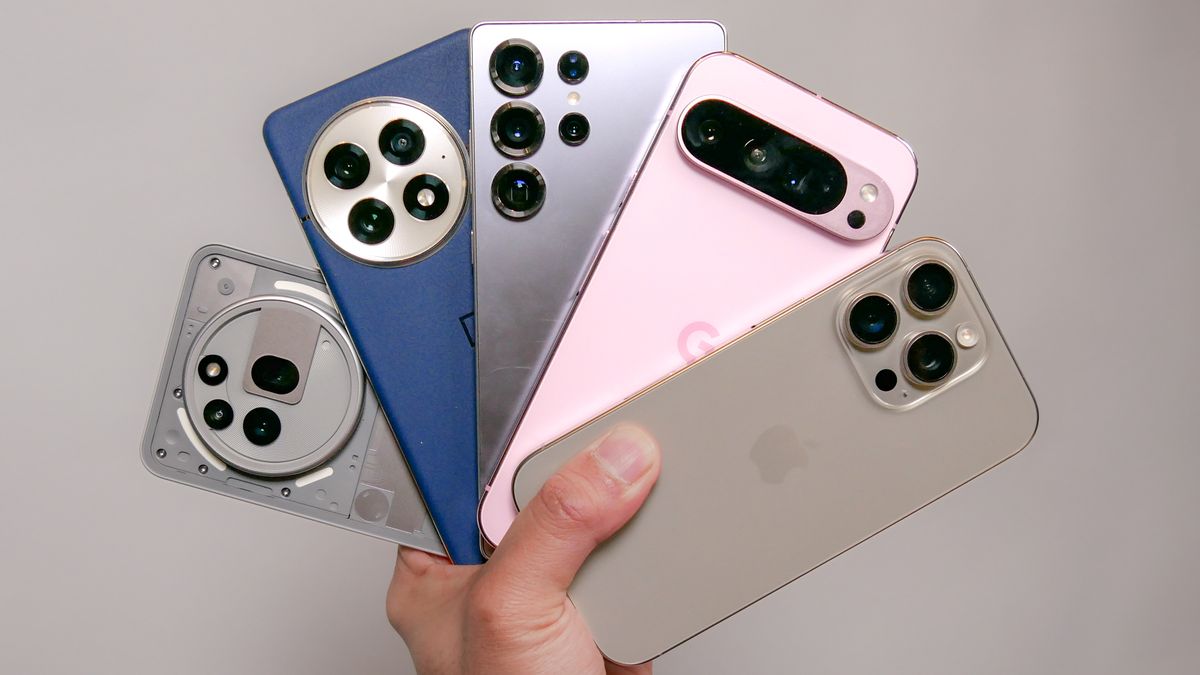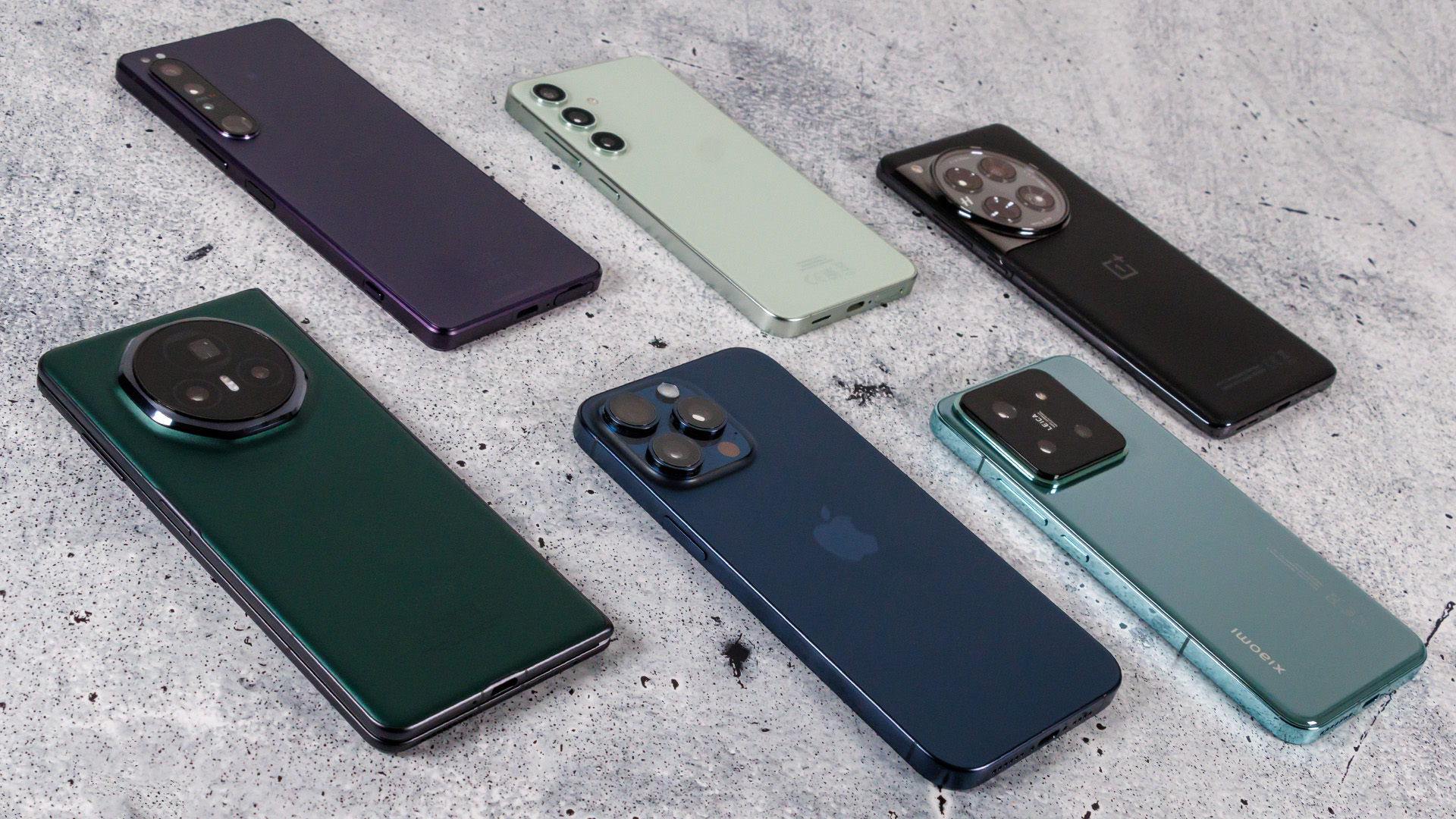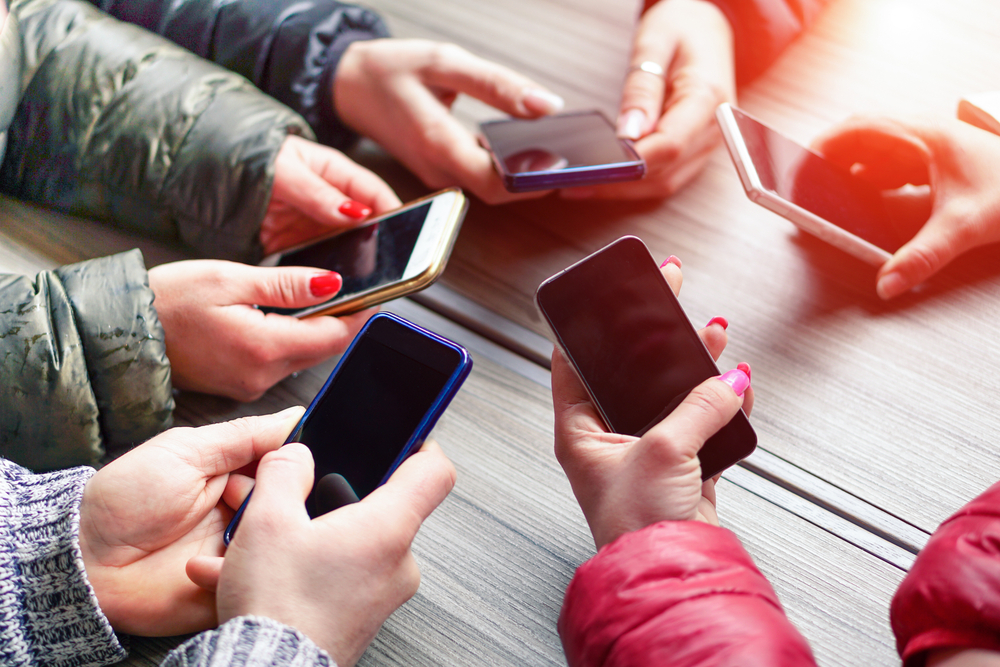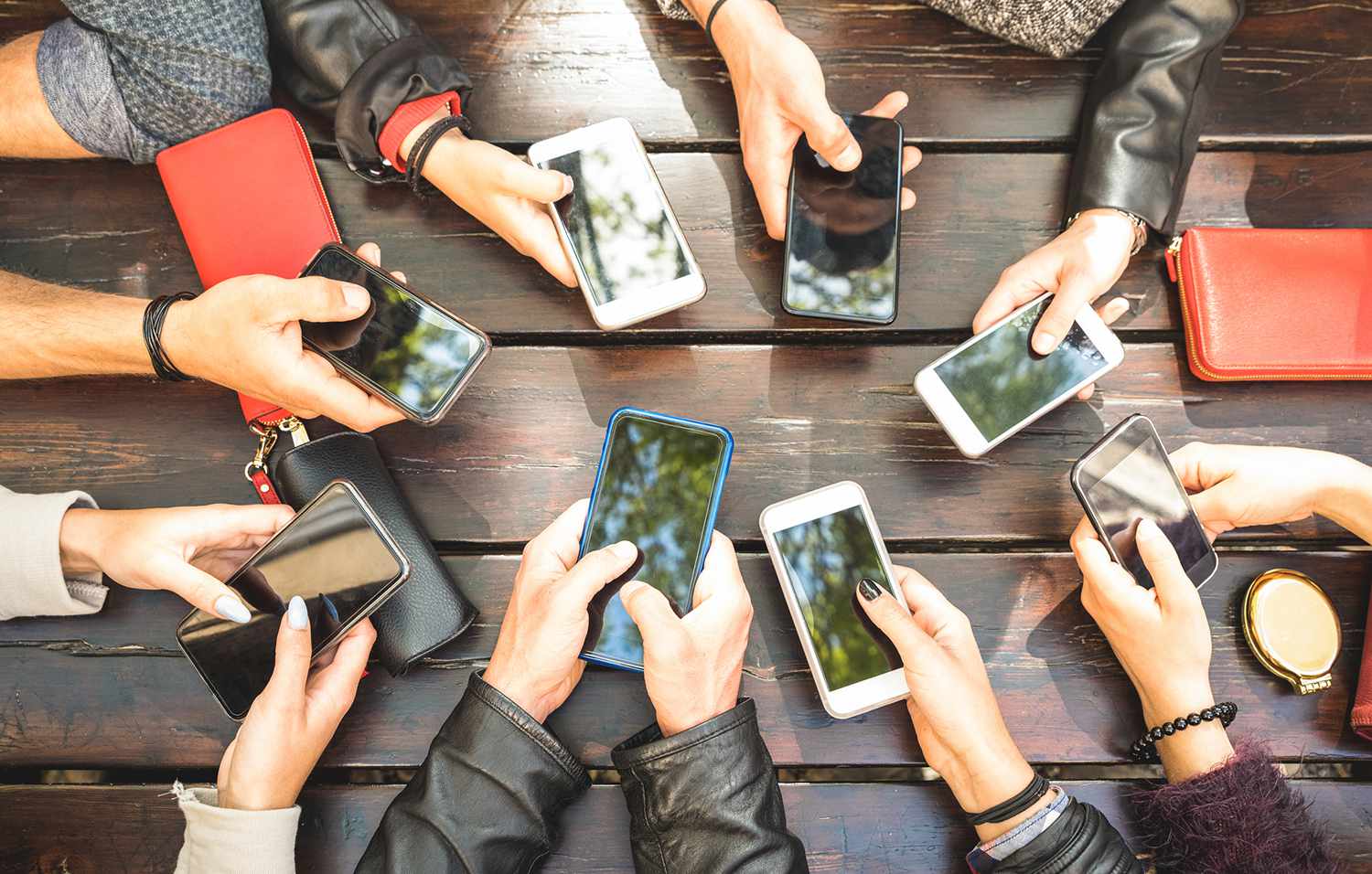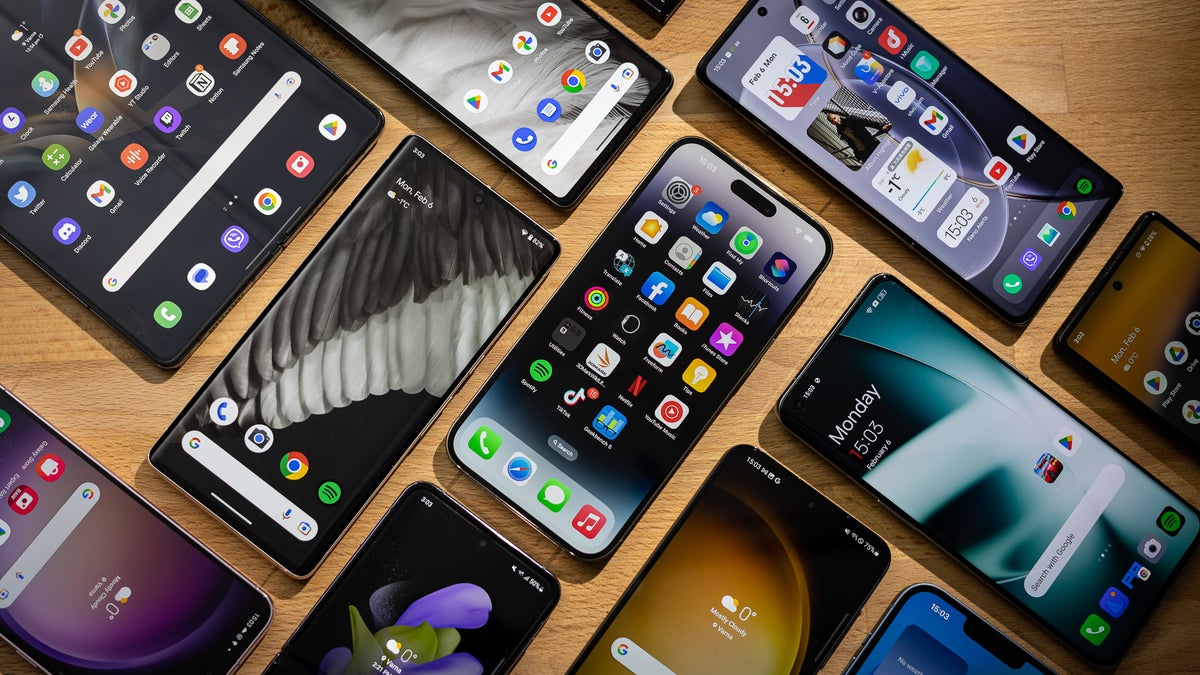
Smartphone Battery Saving Tips to Extend Life and Improve Performance
Introduction
Smartphone batteries are the lifeblood of mobile devices, and extending their life is essential for ensuring optimal performance and avoiding frequent recharging. Whether you’re a heavy user or someone who relies on their phone for work and daily tasks, adopting effective battery-saving practices can significantly enhance the longevity and efficiency of your smartphone.
In this article, we will explore essential smartphone battery-saving tips that not only extend battery life but also improve your device’s performance. By following these expert-backed strategies, you can ensure that your phone remains fully charged when you need it most.
Table of Contents
- Why Smartphone Battery Life is Crucial
- Understanding Smartphone Battery Consumption
- How to Monitor Your Smartphone’s Battery Usage
- Top Battery Saving Tips for Android Users
- Battery Saving Tips for iPhone Users
- Optimizing Settings for Maximum Battery Efficiency
- Managing Background Apps to Save Battery
- Choosing the Right Charging Habits
- Battery Saver Mode: Is It Worth It?
- How to Keep Your Battery Health in Check
- Why Software Updates Are Essential for Battery Life
- Smartphone Battery Myths Debunked
- Best Practices for Charging Your Smartphone
- How Temperature Affects Your Battery
- Importance of Battery Calibration
- Optimizing Display Settings for Battery Efficiency
- Power-Hungry Apps and Features to Avoid
- Battery-Saving Apps: Do They Really Help?
- The Impact of Location Services on Battery Life
- Turn Off Unnecessary Notifications to Save Battery
- How to Extend Battery Life in Extreme Conditions
- Using Power Banks to Keep Your Smartphone Running
- Best Smartphones with the Longest Battery Life
- Conclusion: Building Sustainable Battery Usage Habits
Why Smartphone Battery Life is Crucial
The smartphone has become an essential part of our daily lives, handling everything from communication to entertainment and work. As we depend more on our phones, maintaining battery health and extending its life have become increasingly important. A dead battery can leave you stranded or unable to access important apps, emails, or navigation features.
Understanding Smartphone Battery Consumption
The battery consumption of a smartphone is influenced by various factors, including hardware, software, and usage patterns. Apps, screen brightness, and connectivity settings all play a significant role in how fast the battery drains.
How to Monitor Your Smartphone’s Battery Usage
Before you can optimize your battery life, it’s crucial to understand what’s draining it. Both Android and iPhone devices provide built-in tools that allow you to monitor battery usage by app, screen time, and other factors. Let’s look at how you can track and manage your smartphone’s energy consumption.
- Android: Go to Settings > Battery > Battery Usage to see which apps are using the most power.
- iPhone: Navigate to Settings > Battery to view battery usage for the past 24 hours or 10 days.
Top Battery Saving Tips for Android Users
For Android users, there are several effective strategies to help save battery life. These tips focus on reducing power consumption without compromising the usability of your device.
1. Reduce Screen Brightness
One of the most power-hungry features on Android devices is the display. By lowering the screen brightness or enabling adaptive brightness, you can extend your phone’s battery life significantly.
2. Use Battery Saver Mode
Android phones come with a built-in Battery Saver Mode that limits background activity and reduces notifications to save battery. Turn on Battery Saver by going to Settings > Battery.
3. Limit Background Processes
Many apps run in the background, using up precious battery power. To optimize battery usage, limit background processes by going to Settings > Developer Options > Limit background processes.
Battery Saving Tips for iPhone Users
Apple devices offer different tools and settings to help iPhone users conserve battery life. Let’s explore some of the best practices.
1. Enable Low Power Mode
Low Power Mode is a built-in feature on iPhones that reduces system performance and visual effects to save battery. To activate, go to Settings > Battery and toggle on Low Power Mode.
2. Disable Automatic Downloads
Automatic app downloads, email fetching, and other automatic processes can quickly drain your battery. Turn off automatic downloads and push notifications to save energy.
3. Limit Location Services
Location services are known to consume a lot of power. Turn off location services for apps that don’t need it by going to Settings > Privacy > Location Services.
Optimizing Settings for Maximum Battery Efficiency
Both Android and iPhone users can benefit from optimizing several settings to improve battery life.
1. Turn Off Wi-Fi When Not in Use
Leaving Wi-Fi on, even when you’re not connected to a network, can significantly drain your battery. Turn it off when you don’t need it.
2. Disable Bluetooth When Not in Use
Bluetooth is another feature that consumes power even when not actively in use. Disable it in the Settings menu when you’re not pairing devices.
3. Use Airplane Mode in Low Signal Areas
When you’re in an area with low or no signal, your phone uses more power trying to search for a connection. Activating Airplane Mode helps conserve battery.
Managing Background Apps to Save Battery
Many apps run in the background, consuming battery without you even realizing it. Managing these apps can make a noticeable difference in battery life.
- Close Apps You Don’t Need: On both Android and iPhone, swipe away apps from the multitasking view when you’re finished using them.
- Limit Background App Refresh: Turn off Background App Refresh on both platforms to prevent apps from updating in the background.
Choosing the Right Charging Habits
Proper charging habits can help preserve your smartphone’s battery life over time. Avoid letting your battery drop to 0% or charging it to 100% constantly. Instead, keep your battery level between 20% and 80% for optimal health.
Battery Saver Mode: Is It Worth It?
Battery saver modes reduce your device’s performance and limit certain functions to save power. While this can help in emergencies, it’s important not to rely on it too heavily, as it can affect the overall user experience.
How to Keep Your Battery Health in Check
Maintaining your smartphone’s battery health involves avoiding extreme temperatures, regular calibration, and practicing good charging habits.
Why Software Updates Are Essential for Battery Life
Software updates often include improvements to power management, so it’s important to keep your device up to date. New updates can fix bugs that cause excessive battery drain and improve overall battery efficiency.
Smartphone Battery Myths Debunked
There are many myths surrounding smartphone battery care. Let’s debunk some common misconceptions to help you take better care of your device.
- Myth: You should let your battery drain to 0% before charging.
- Reality: It’s better to charge your phone before it hits 20% to 30%.
Conclusion: Building Sustainable Battery Usage Habits
Maintaining a smartphone’s battery life is all about building good habits. By monitoring usage, optimizing settings, and using the right charging techniques, you can extend the life of your device and keep it performing at its best.
